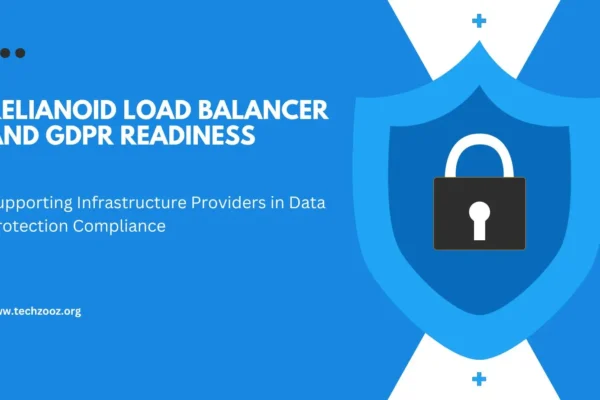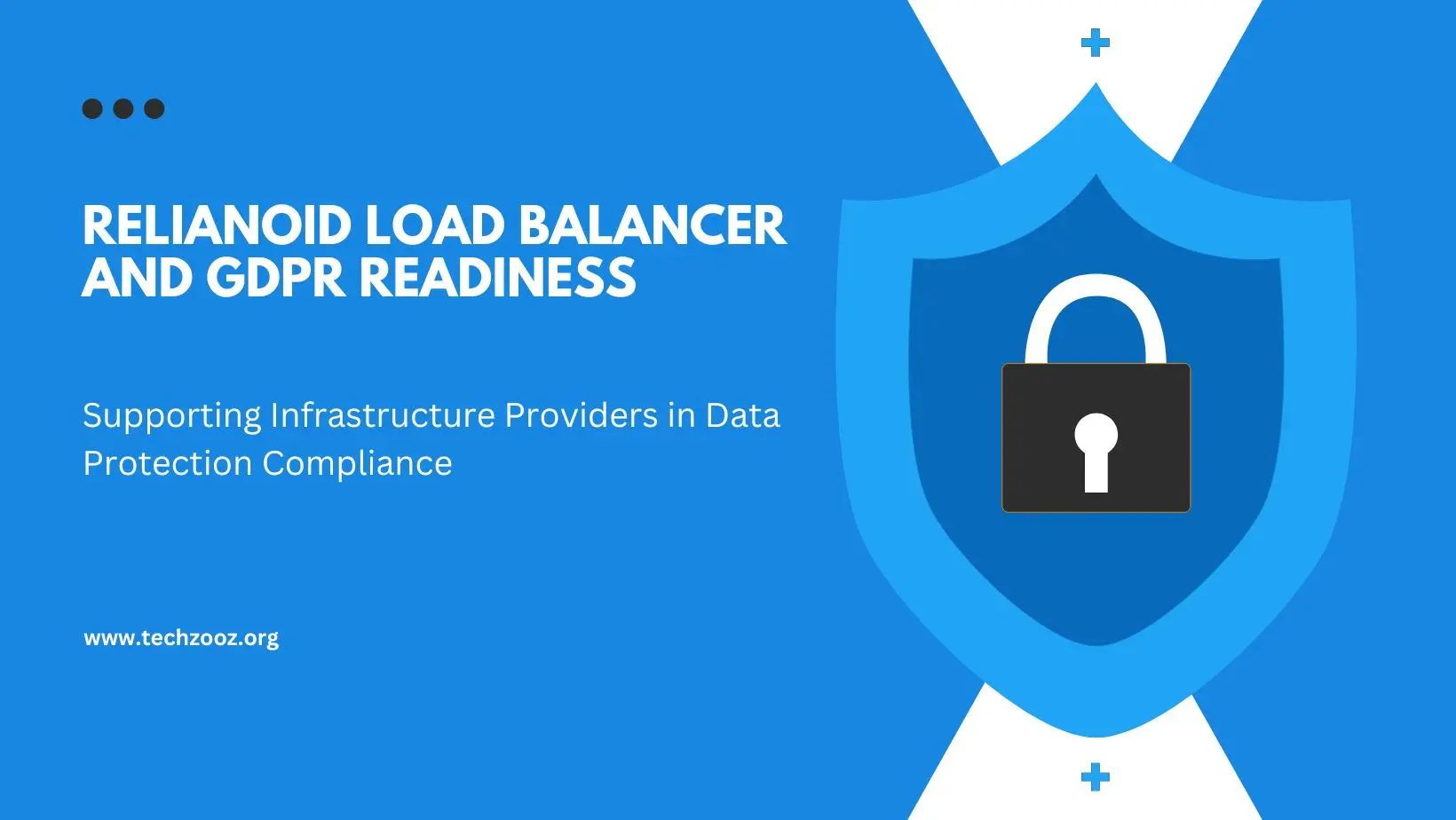
5 Reasons to Employ Monitoring Software in The Classroom
In today’s rapidly evolving educational landscape, technology plays an increasingly integral role in the learning process. However, along with its benefits, technology also presents challenges for educators, particularly concerning student safety, academic integrity, and classroom management. To address these challenges effectively, many educators are turning to monitoring software as a solution. This article explores the five key reasons why employing monitoring software in the classroom can greatly benefit both educators and students alike.
1. Ensuring Student Safety and Well-Being
Monitoring software serves as a proactive measure to safeguard students in the digital realm. Allowing teachers to supervise students’ online activities in real-time, enables prompt intervention in case of encountering inappropriate content or concerning behavior. This capability fosters a secure learning environment and empowers educators to address potential risks effectively, ensuring that students can engage in their studies without unnecessary distractions or threats to their well-being. Additionally, monitoring software provides a valuable tool for identifying patterns of online behavior that may indicate underlying issues such as cyberbullying or mental health concerns, allowing educators to intervene and provide support when needed.
2. Promoting Responsible Technology Use
In an era where digital literacy is essential, promoting responsible technology use is a critical aspect of education. Monitoring software provides valuable insights into students’ online behavior, enabling educators to initiate discussions about digital citizenship and internet safety. By monitoring the websites visited, digital resource utilization, and online time, teachers can guide students toward making informed choices about their online activities. This proactive approach cultivates a culture of responsibility and digital citizenship within the classroom, equipping students with essential skills for navigating the digital world responsibly. Moreover, by fostering open dialogue about the ethical and moral implications of technology use, monitoring software encourages critical thinking and responsible decision-making among students.
3. Enhancing Academic Integrity
Ensuring academic integrity is paramount for maintaining the credibility and fairness of education. However, the proliferation of online resources has led to an increase in academic dishonesty. Monitoring software serves a vital role in identifying instances of cheating or plagiarism in real time. By actively monitoring students’ screens during assessments or assignments, educators can swiftly detect unauthorized assistance and take appropriate action. This proactive approach not only upholds academic standards but also cultivates a culture of honesty and integrity among students. By reinforcing the importance of ethical conduct in academic pursuits, monitoring software promotes a learning environment where integrity is valued and respected, ultimately contributing to the overall quality of education.
4. Supporting Individualized Learning
Every student learns differently, with unique needs and challenges. Monitoring software provides educators with valuable insights into students’ learning styles, preferences, and areas of difficulty. By tracking progress and engagement levels, teachers can identify struggling students early and provide targeted interventions to support their academic growth. Moreover, monitoring software facilitates personalized feedback and assessment, enabling educators to tailor instruction effectively to each student’s needs. This individualized approach enhances student engagement, motivation, and overall academic success, promoting a more inclusive and supportive learning environment.
5. Improving Classroom Management and Efficiency
Effective classroom management is essential for creating a conducive learning environment. Utilizing technology like Chromebook monitoring software can streamline management tasks, allowing teachers to monitor student behavior, track attendance, and manage digital resources efficiently. With features to monitor students’ online activities in real-time, educators can address distractions promptly, maximizing instructional time. By leveraging such tools, teachers create an organized and engaging learning environment, ensuring students remain focused on their studies while using Chromebooks for educational purposes. Through the integration of Chromebook supervision software, classroom management becomes more efficient, allowing educators to devote more time to teaching and facilitating student learning.
Conclusion
In conclusion, monitoring software emerges as a valuable tool for educators grappling with the complexities of the modern classroom. By prioritizing student safety and well-being, promoting responsible technology use, upholding academic integrity, supporting individualized learning, and improving classroom management and efficiency, monitoring software empowers educators to create more engaging, inclusive, and effective learning environments. As technology evolves in education, integrating monitoring software into classrooms proves instrumental in harnessing its benefits while mitigating its challenges, ultimately fostering academic excellence and digital citizenship among students.









